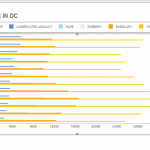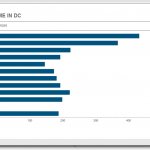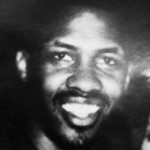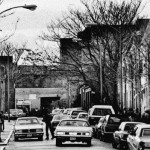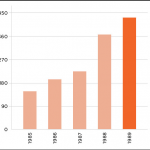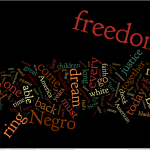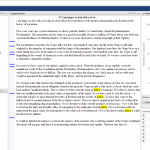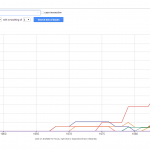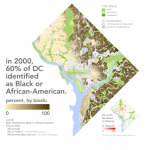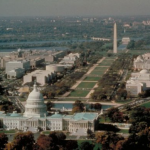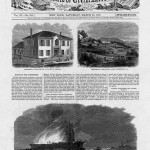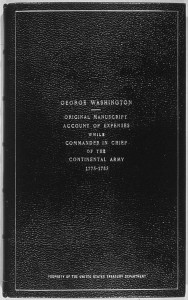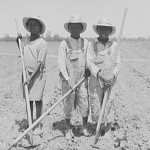Internet Security
This week we learned about the security of online activity. The guest speaker’s bottom line was that any information stored by a device that connects to the internet can, and has already been seen by a bad guy. What I gather that means is that no information can ever be completely secure. The security built into on line sites, the antivirus software we install on our computers, all the software that we use is written by humans, and so will likely have errors in it. People who have nefarious intentions can find these errors and exploit them to get to your information. Passwords are very important. It is key that you have different passwords for different accounts and to make each password longer than 10 characters. When your password has more than 10 characters, it becomes increasingly difficult to crack.
Our online presence creates data. This data can be tracked and used by both private organizations and the government. This data can be used in a variety of different manners. For example, private organizations like Facebook, and Google can use this data to target advertisements to you in particular. Governments can also use this data. They can use it to try to track demographics.
Final Project:
For my final project, I have created two bar graphs. They illustrate the increase of crime that occurred in DC. This increase of crime coincides with the increase of drug use. What was most interesting was the sharp increase of murders that also coincides with the increase of drug use. Both graphs can be seen below:
I am still having trouble finding a variety of primary sources and statistics. Most statistics started to be kept after 1991, when the nation became acutely aware and interested in how crack was taking over cities throughout the country. This obviously falls out of the 25 year time frame that has to go by for something to be considered history.
